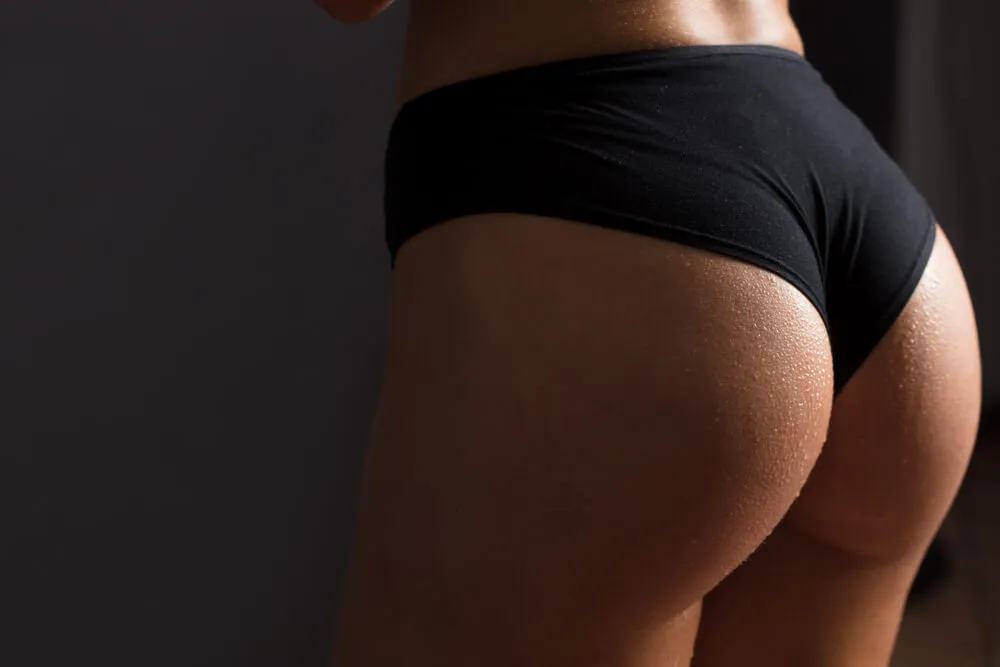Overview
A buttock lift is a cosmetic surgery to improve the appearance of the buttocks. Buttock augmentation can be achieved through fat grafting, (famously referred to as a Brazilian Butt Lift or BBL), silicone implants, or sometimes a combination of these two techniques. It may be done alongside other lower body lifts such as a tummy tuck. During this procedure the excess skin and fat are removed, then the remaining skin is re-positioned to create a more toned look.


